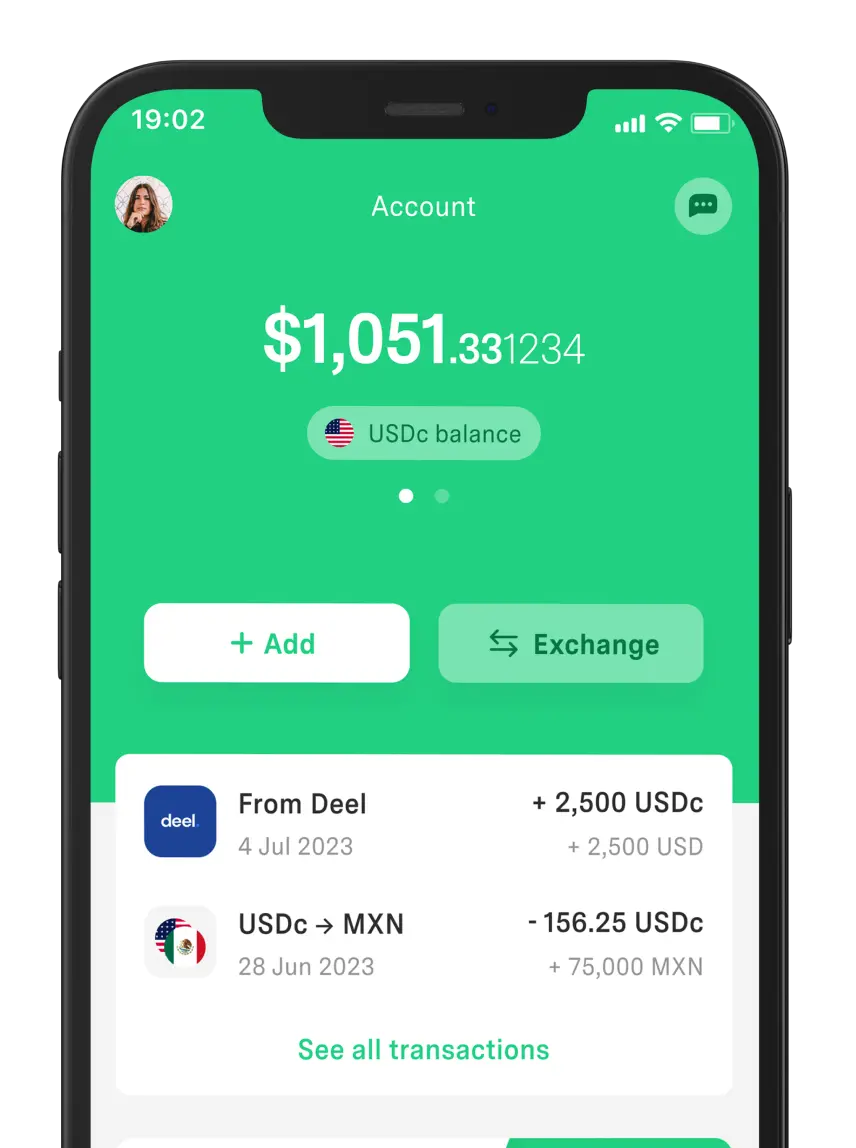 Freelancer tips
Freelancer tips Johari Window: What it is, what it’s for, and how to use it (with examples)
Struggling to understand how others see you? The Johari Window reveals what you're missing—and what you need to change now.



An employment letter and proof of employment are official documents that support a person’s employment relationship with a company. Beyond their administrative value, they reflect stability, trust, and professionalism, which is why they’re often required in personal and professional processes.
However, they are not the same nor are they requested for the same procedures. So, in the following sections you’ll find their definitions, how they differ, and in which cases they’re used. We’ll also leave you with practical, editable, and downloadable examples of employment letters and proofs.
These two formats are often confused, but each serves a different purpose.
Here’s what they consist of:
Employment letter / work letter: a formal document that certifies the relationship between an employee and a company. It also contains relevant information about the worker.
Proof of employment or employment verification letter: a shorter document. In general, it confirms that a person works or worked at a certain company, without much detail.
How do they differ from a letter of recommendation?
The difference lies in the nature of the document and the details each one includes:
Document | Nature | Content |
Employment letter | Formal, detailed document | Position, seniority, salary, and sometimes duties. |
Proof of employment | Brief, general document | Name, role, and time in the position. |
Letter of recommendation | Personal, evaluative document | Qualities according to the employer’s assessment. |
The employment letter and proof of employment are used depending on the type of process that requires them:
It’s used in situations where you need to prove salary, seniority, and job stability, for example:
Visa or immigration procedures.
Loans, lines of credit, or bank mortgages.
Since it’s a simpler document, it’s used in procedures where it’s enough to corroborate that an employment relationship exists:
Housing rental.
Enrollment in courses or scholarships.
Basic employment verifications*.
*If the verification is more formal or sensitive—for example, large loans—an employment letter is used.
To validate an employment letter or proof of employment, certain data must be included to provide formality and credibility.
Key elements include:
Company’s official name, legal name, and address.
Employee’s full name.
Position or job title held.
Start date and validity (whether they’re still employed or the end date).
Signature and title of the authorized representative.
The basic structure of both documents is usually the same. The difference is that the employment letter is more detailed, with additional elements such as:
Duties or responsibilities of the employee’s role.
Years of seniority and work schedule.
Salary amount, if required.
Contact details for verification (official phone or email).
In general, this is the information requested in formal procedures.
Unlike other procedures, immigration authorities may require that the employment letter for visa purposes meet specific requirements. For example, if you want to apply for a U.S. visa from Mexico, they might ask it to include:
Letterhead and company details (legal name and address).
Employee’s full name, position, and start date.
Confirmation of current employment.
Signature and title of the responsible party.
Employer’s contact details (phone and email).
Recent issue date.
It’s also a good idea to include additional information such as:
Monthly or annual income.
Work schedule and type of contract (permanent, temporary, project-based).
Main responsibilities (2–3 lines).
Authorized absence dates for travel (if applicable).
The content of the employment letter for a visa should demonstrate that you have stable employment and the intention to return to your country.
Generally, an employment letter or proof of employment is issued by the person in charge of Human Resources, if that department exists. Otherwise, you would need to go to your immediate supervisor.
The usual procedure includes:
Submitting the request to Human Resources or the employer.
Providing in writing or by email the type of document required (employment letter or proof).
Detailing the content you need included: date, position, and reason for the request.
What requirements might the company ask of you?
Identification.
Start or end dates.
Copy of the employment contract, pay stub, or other additional data.
It’s worth noting that, according to Mexico’s Federal Labor Law, employers are required to issue employment verifications when a worker requests them. So, you shouldn’t have a problem.
Pros | Risks or points to watch |
Add formality and professionalism to any procedure. Provide credibility to financial, educational, or immigration institutions. Are key tools to demonstrate job stability in visa, credit, or rental applications | Errors in the data can invalidate the document. Unauthorized or incomplete signatures that undermine validity. Risk of forgery if official letterhead or paper isn’t used. |
Recommendations:
To reduce possible risks and ensure the document’s authenticity, it’s advisable to:
Use official company letterhead.
Ensure the date is up to date.
Include the signature and title of an authorized responsible party.
Request a review by Human Resources before submitting it.
Having these types of documents can make the difference in important procedures.
If you want to organize the information better and bring clarity to each format, it doesn’t hurt to rely on visual resources. Thanks to the internet, you can use programs to create flowcharts, for example, which make it easier to manage documents online.
Do you work as a freelancer and need to draft employment letters or proofs? Need templates to guide you? Here are some examples and templates:
Simple proof of employment example:


Employment letter example for credit:

Employment letter example for visa:

In any case, you can use platforms like Canva or Visme to customize the templates with your own design.
Also, the examples and templates of employment letters and proofs serve as a base, since the exact wording will depend on the use it will be given.
Both the employment letter and the proof of employment are key documents in the professional and administrative world. Their importance lies in the fact that they serve as endorsements of your experience and employment relationship. If well prepared, they convey trust and credibility about your track record.
Moreover, there are many models you can use as a reference. This way, you can manage your time and make sure the letter or proof contains the correct data.
You can also manage your finances with DolarApp, especially if you have income in digital dollars or euros. We offer a fair exchange rate to buy/sell currencies, and you can send or receive USDc and EURc easily and quickly.
No, they’re not the same, since the employment letter covers details such as duties and salary. In contrast, the proof of employment covers only the basics, like the employee’s name, position, and start date.
Usually the person in Human Resources, an authorized legal representative of the company, or the direct employer. In any case, the name, title, and signature should appear on letterhead.
It’s recommended that it be no more than 30 days old—especially if you’ll present it to financial institutions or embassies, since they may reject documents with very old dates.
In Mexico, it’s a worker’s right. If the employer refuses, you could formally demand it and, if necessary, go to the appropriate labor authorities. Although this usually doesn’t happen, as it’s established in the Federal Labor Law.

Los países tienen fronteras. Tus finanzas, ya no.
 Freelancer tips
Freelancer tips Struggling to understand how others see you? The Johari Window reveals what you're missing—and what you need to change now.

 Freelancer tips
Freelancer tips Learn how to calculate the severance pay in Mexico, either for termination of contract or dismissal (liquidation). We explain the step-by-step

 Freelancer tips
Freelancer tips Learn how to stop procrastinating by putting these proven strategies and tips into practice so you can be productive again and focus on what matters.


